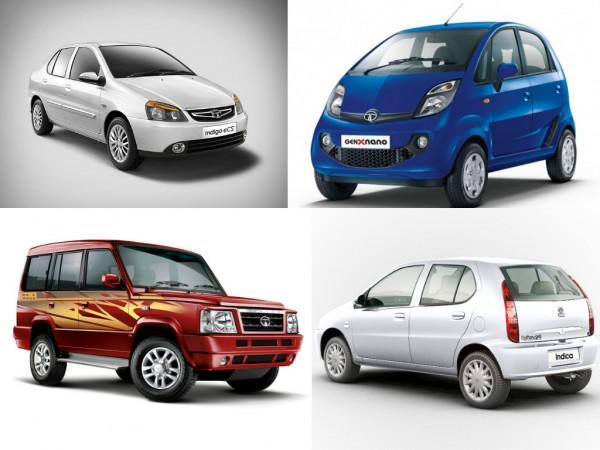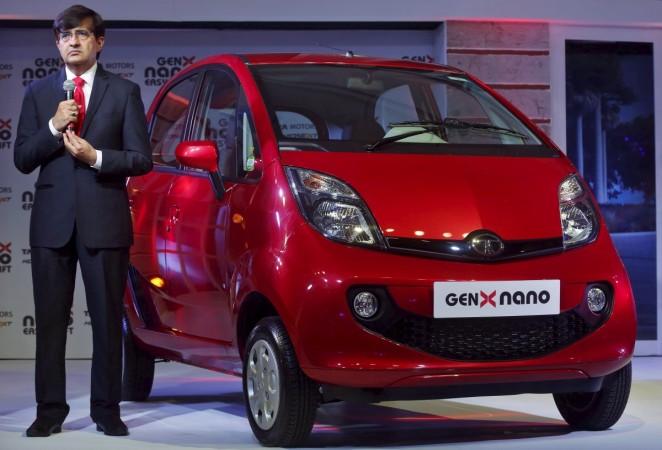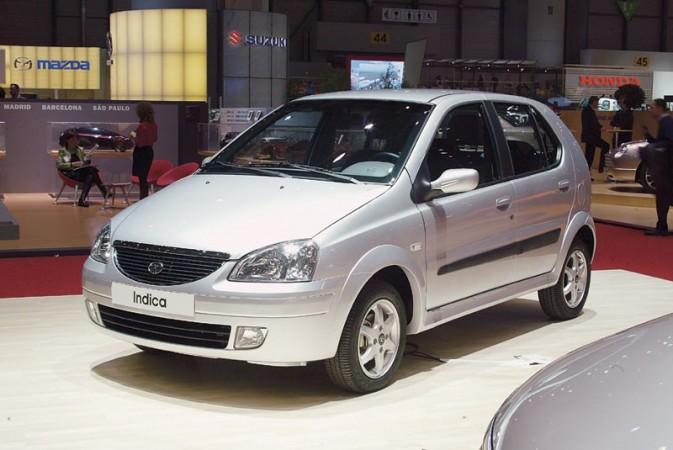
Tata Motors, the Mumbai-based automaker, has got a much-needed boost with the launch of Tiago in April 2016.
The new generation model with a new Impact design language has gone down well with customers and the company sales charts started looking up soon. The company has also launched Hexa and Tigor this year. With the arrival of newer models, Tata Motors is planning to phase out older models.
Also read: Tata Tigor test drive review: A compact and stylish head turner
The company will phase out at least four cars from its existing portfolio over the next three-four years, reports ET Auto. The models in question are most likely Nano, Indica, Indigo CS and Sumo and discontinuation is expected at the end of their life cycle.
"At present, we have 10 cars in the portfolio, including the newly introduced compact sedan Tigor. Till 2019-20, we will launch at least four new cars without increasing the size of our portfolio. This will mean phasing out of some of the existing cars," ET Auto quoted Vivek Srivastava, Tata Motors marketing head (passenger vehicle business) as saying.

Tata Sumo is one of the first SUVs launched in India. Production of the latest iteration, the Sumo Grande has already been put paid to. Sumo was first launched in 1994 and it had strong presence in the MUV segment in 25 years of lifetime.
The Indica and Indigo are also launched before the millennium and the company has not been able to phase out both models because of the demand from the fleet market. With the arrival of Bolt and Zest in 2013, it looks like fleet operators has got the right replacement and Tata is now free to pull the plug on Indica and Indigo.

Nano was the dream project of Ratan Tata, former chairman, of Tata Group. The 'world's cheapest car' was launched in 2009 at Rs 1 lakh. However, the 'cheapest' tag didn't augur well for the company. Later, Nano proved to be the bone of contention between Ratan Tata Tata and ousted chairman Cyrus Mistry. It looks like Tata Motors management has now realised that the Nano project has lost the 'inexpensive' USP. In addition, the company's plan to reduce current number of platforms from six to two means end of the road for Nano.

















![India Auto Roundup: Maruti Suzuki, Mahindra have exciting launches in November [details here]](https://data1.ibtimes.co.in/en/full/805520/india-auto-roundup-maruti-suzuki-mahindra-have-exciting-launches-november-details-here.jpg?w=220&h=135)